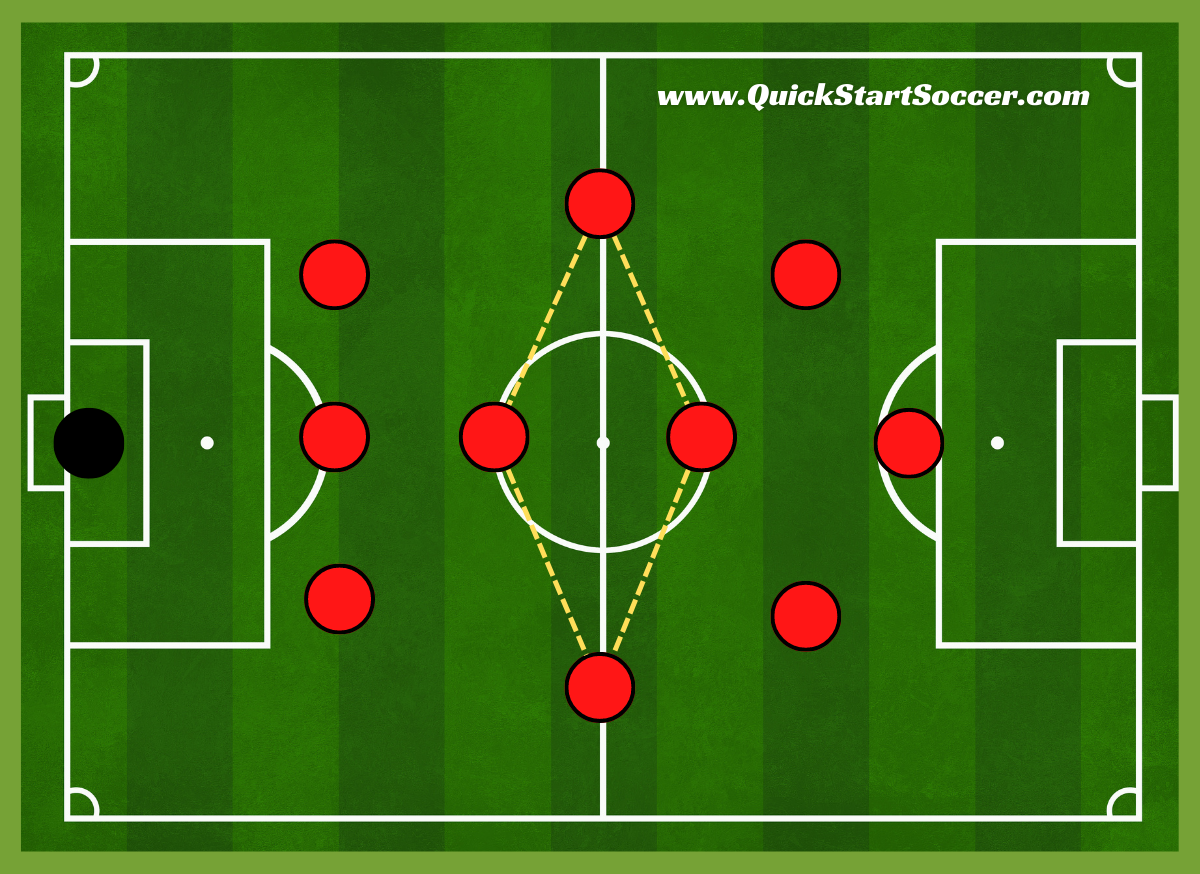Will 3-4-3 Formation Ever Succeed At Old Trafford: Expert Analysis Of Man Utd's Tactics
The allure of the 3-4-3 formation has been a topic of discussion among Manchester United fans and pundits alike in recent years. This tactical approach, popularized by Jose Mourinho and later adopted by Ole Gunnar Solskjaer, has been touted as a means to create a more fluid and dynamic attacking unit. However, the question remains: will the 3-4-3 formation ever succeed at Old Trafford?
The Old Trafford faithful has a rich history of embracing new ideas and innovative tactics, as seen during the Alex Ferguson era. However, the challenge of implementing a new formation in one of the most demanding stadiums in the world cannot be underestimated. The rectangular pitch and steep banks of Old Trafford demand a specific set of skills and tactical acumen from players and managers alike.
One of the primary concerns surrounding the 3-4-3 formation is the lack of width and depth in attack. The approach relies heavily on the mobility and interchanging of midfielders, with the two wingers and a central midfielder pushing high up the pitch to provide width and create space for the full-backs to hug the touchline. However, this approach can leave the central midfield trio exposed to counter-attacks, particularly when facing teams with a more traditional 4-4-2 or 4-2-3-1 setup.
In addition, the 3-4-3 formation requires a high level of technical ability from the players involved. The full-backs, for example, need to possess the ability to hug the touchline and provide width, while also being aware of their defensive responsibilities. Similarly, the central midfield trio need to be comfortable with the high press and able to rotate and interchange positions to create scoring opportunities.
Despite these challenges, the 3-4-3 formation has shown promise at times, particularly during Solskjaer's tenure at the club. The introduction of Mason Greenwood and Marcus Rashford into the starting lineup has provided a boost to the attack, and the fluid movement of the midfield trio has created opportunities for counter-attacks.
The Benefits of the 3-4-3 Formation
Increased Flexibility
The 3-4-3 formation offers a high degree of flexibility, allowing the manager to make subtle adjustments to the team's shape and approach during the game. For example, the introduction of a third striker can provide a physical presence up front, while the midfield trio can drop deeper to protect the defense.
• Allows for more flexibility in midfield, enabling the manager to switch between a more direct approach or a more possession-based gameplan.
• Enables the manager to introduce a new striker or midfielder to freshen up the attack or add creativity to the midfield.
Improved Counter-Attacking Ability
The 3-4-3 formation can create opportunities for counter-attacks, particularly when facing teams with a more defensive setup. The ability of the full-backs to hug the touchline and provide width can catch the opposition off guard, allowing the attacking midfielder to exploit the space and create scoring opportunities.
• Can be used to great effect against teams that sit deep and defend, as the quick interchanging of midfielders can catch the opposition off guard.
• Enables the attacking midfielder to play behind the defense, creating opportunities for through-balls and individual runs.
The Drawbacks of the 3-4-3 Formation
Lack of Width and Depth in Attack
The 3-4-3 formation can leave the attack looking narrow and isolated, particularly when facing teams with a more traditional setup. The lack of width and depth in attack can make it difficult for the team to create scoring opportunities, and can also leave the full-backs exposed to counter-attacks.
• Can create difficulties in creating width and depth in attack, particularly when facing teams with a more traditional setup.
• Leaves the full-backs exposed to counter-attacks, as they are unable to hug the touchline and provide width.
Increased Pressure on the Full-Backs
The 3-4-3 formation requires the full-backs to be highly advanced and aware of their defensive responsibilities. However, this can lead to increased pressure on the full-backs, particularly when facing teams with a more physical setup.
• Can lead to increased pressure on the full-backs, particularly when facing teams with a more physical setup.
• Requires the full-backs to be highly advanced and aware of their defensive responsibilities, which can be a challenging task for some players.
Inability to Dominate Possession
The 3-4-3 formation can struggle to dominate possession, particularly when facing teams with a more possession-based setup. The ability to create scoring opportunities through interchanging midfielders and quick passing can be disrupted by the opposing team's ability to win the ball back quickly.
• Can struggle to dominate possession, particularly when facing teams with a more possession-based setup.
• Requires the team to be highly effective in their midfield battle, as the opposition will look to win the ball back quickly and counter-attack.
The Future of the 3-4-3 Formation at Old Trafford
In conclusion, the 3-4-3 formation has shown promise at times, particularly during Solskjaer's tenure at the club. However, the challenges associated with this approach, including the lack of width and depth in attack, increased pressure on the full-backs, and inability to dominate possession, cannot be overstated.
• The 3-4-3 formation will require significant improvement and adjustments to succeed at Old Trafford.
• The team will need to find a way to create width and depth in attack, while also managing the pressure on the full-backs and dominating possession.
Ultimately, the success of the 3-4-3 formation at Old Trafford will depend on the ability of
Hisashi Ouchi Real Hospital Po
Oksana Glamour Official
Adrian Williams Wife
Article Recommendations
- Karlanenio Case Pictures
- Ranran Fujii Insta
- Chaun Woo Parents
- Matthew Gray Gubler Controversy
- Sophie Rain Fansd
- Paige Vanzant
- Neil Flynn
- Carly Jane Fans
- Taylor Mcgregor
- Kai Madison Trumppeech Impediment



